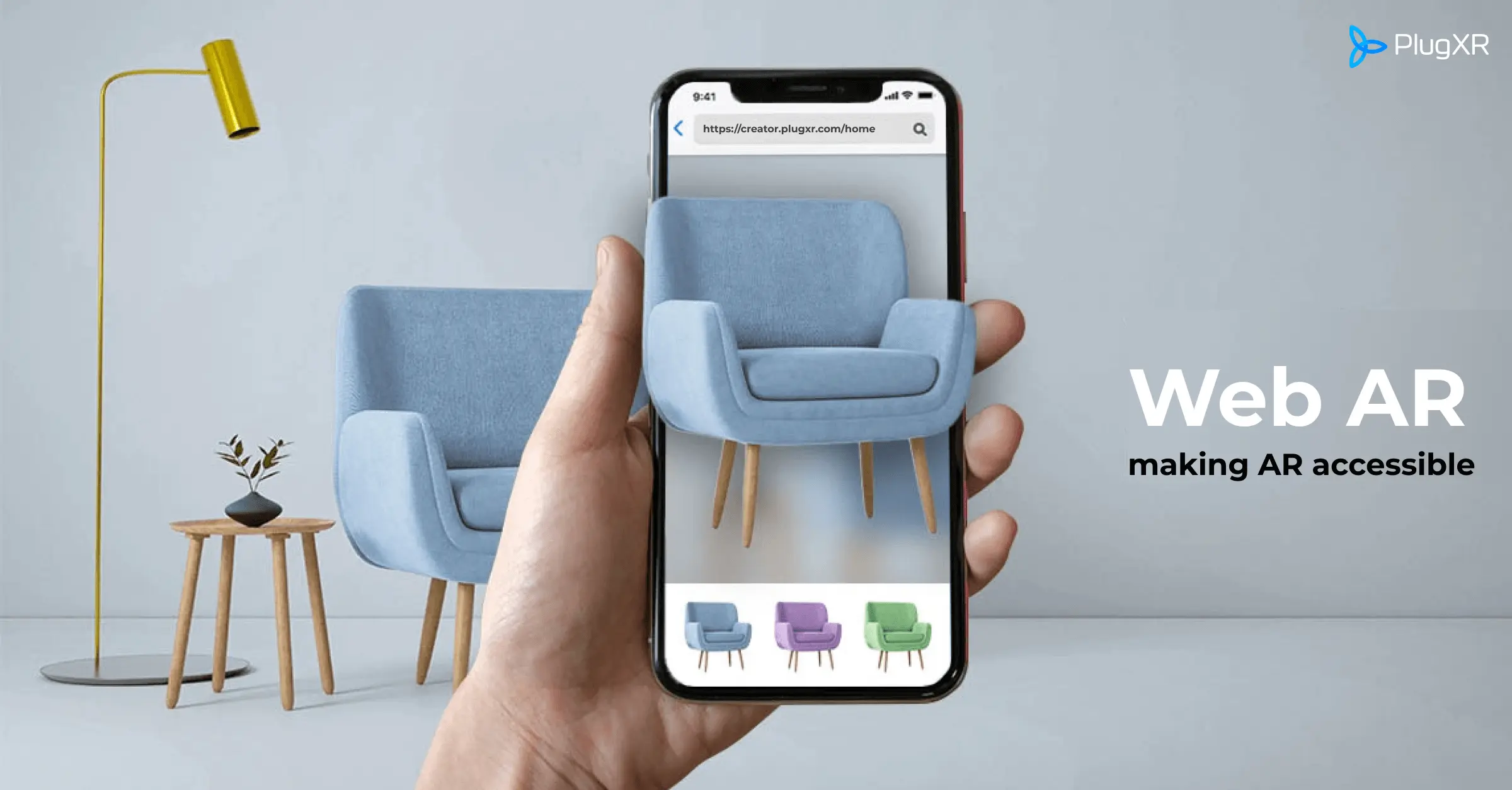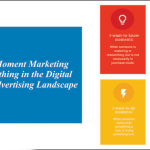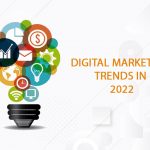In 2025, enhanced reality (AR) is ready to redefine the way to interact with consumers, offering immersive, attractive, and personal experiences beyond traditional marketing.

AR Marketing has already made major progress but is expected to be faster with the development of technology.
Here is described how businesses can use AR power to join customers in innovative ways in 2025.
1. Increased consumer as a tool for experience
By 2025, AR will be integrated deeply into consumer travel. Brands will take advantage of AR to create virtual tri-on experiences for products, making users look at clothes, makeup, or furniture in their environment before purchasing. This type of immediate view gives more confidence in purchases and reduces the chances of returns. Expect to look at AR in retail stores, where customers can access displays or detailed product information through AR interfaces.
2. Personal and immersive brand engagement
AR will provide the brand with the ability to offer highly individual and interactive experiences. From custom virtual environments to dynamic product experiences, AR will enable companies to engage customers in ways that feel more authentic and combine with their interests. In 2025, it is expected to look at brands using AR to host virtual events, launch immersive storytelling campaigns, or offer real-time, location-based publicity that creates unique and analogous experiences for individuals.
3. AR-operated social commerce
With the increasing popularity of social media platforms, AR will play an important role in increasing social commerce. Platforms such as Instagram, TikTok, and Snapchat will expand their AR abilities, allowing users to try products, share their AR experiences with friends, and shop directly through the app. Influencers will use AR filters to promote products, which will give a more interactive and fun shopping experience for followers.
4. Location-based AR advertisement
Location-based AR advertisements will bring revolution in the way of attaching businesses with consumers in physical places. Imagine walking on the street and looking at personal AR advertisements on your phone, directing you to a nearby store, restaurant, or event. These advertisements will be interactive and will offer real-time discounts or promotions based on your exact location and preferences. In 2025, location-based AR brands will allow the foot traffic to run and provide relevant, timely proposals to consumers.
5. AR for increased learning and education
Brands in industries such as technology, education, and healthcare will use AR to provide interactive learning experiences. Companies may develop AR-based tutorials, interactive product demos, or training modules that attach users to their hands. This will not only enhance the customer’s understanding of complex products but will also make the learning process fun and interactive, leading to long-lasting connections with the brand.
6. AI’s role in AR marketing
Artificial Intelligence (AI) will complement AR in 2025 by enabling even more personal and comfortable experiences. AI will analyze interactions with consumer behavior, preferences, and AR content, which is to create a customized AR experience that feels comfortable and natural. With AI-Interacted AR, the brands will be able to guess what consumers are likely to enjoy, making the materials both attractive and effective in driving conversions.
7. Future challenges: access and privacy concern
While AR promises the treasure of marketing opportunities, it also comes with challenges. In 2025, companies should address concerns around access, ensuring that AR experiences are inclusive to all users, whether they are insertion, regardless of age or ability. Additionally, as AR is more integrated with location-based services, privacy concerns will need to be carefully managed. Brands will need to ensure that they follow privacy laws and provide users control over the data shared with them.
Conclusion:
As we contact 2025, AR marketing has been deployed to form an important strategy for brands looking to connect with consumers in a more dynamic, individual, and immersive way. With the progress in AR technology, the possibilities are endless-from the cruel tried to interactive in-store experiences and AI-operated AR advertisements.
PlugXR can become an important tool for marketing by increasing brand visibility, improving consumer interactions, and offering personal experiences. The stage’s ability to score and distribute measuring results will determine its place in the competitive scenario of marketing.






